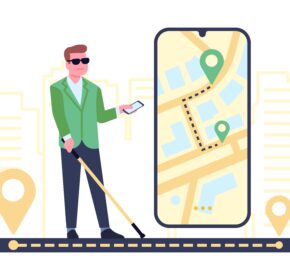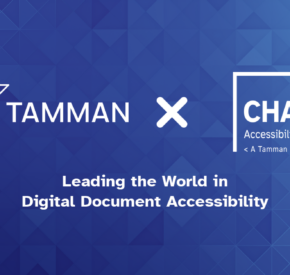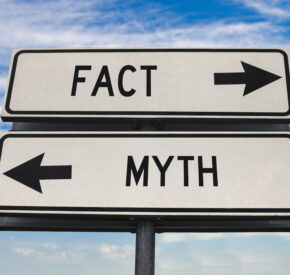Digital Archivism: A Look Into the Library of Congress’ “By the People,” Initiative

By Nick Tamburino
The Library of Congress’, “By the People” initiative aims to digitally transcribe a modicum of historical documents ranging from personal letters to newspapers; from poetry to prose. Through it’s online, and an open source structure, the LOC is able to make this volunteer process in and of itself free, accessible, and intuitive. It takes only a device on which to access the site, and a reliable internet or wireless connection. The accessibility aforementioned of course presumes that one should readily have on hand those prerequisites, neither of which are particularly free nor indeed, accessible, but I get ahead of myself.
The process of choosing a document to transcribe is guided by a combination of interest and necessity. On one hand, volunteers are able to peruse the available documents and transcribe them based on their interest in the piece, the era of its creation, or any number of personal or professional interests. On another, there are individual documents or documents in a series that have had a partial transcription, or are in need of review to be pushed out to the front-facing site. It is encouraged that volunteers see to these documents with partial work with a level of importance as the transcription game for the LOC is about completion and publication. A document that is three-quarters of the way done in process is a document that is still inaccessible and in some cases unreadable to the general audience of the Library of Congress. One of our aims as volunteers therefore is to take these almost done projects, cap them off, and send them out for a final review. After the volunteer transcribes the digitized documents, the transcription goes through a process of review by a hired member of the organization, presumably to filter out any rude language or mistakes of any kind – and are then pushed to the official user-facing LoC homesite. From there anyone can access photographs of the document, in addition to the approved transcription.
The process of the digitization of physical documents raises larger external questions which we must interrogate in order to better understand the larger implications of the work. What documents are chosen to be digitized, eternalized on the internet, and who decides? What implicit biases, if any, exist toward the documents in question and how can that affect how we interpret their presentation in a digitized and transcribed form? Does the digital medium detach the reader in a certain way that perhaps a physical encounter might differ? How do we interpret pictorial information through transcription in order to allow for greater accessibility, especially for those with blindness or low vision? Indeed, what modifications can we make to the work, and to the presentation of the work, as volunteers, and as human-centered people, to create a more accessible space in the world of digitized historical documents?
What I have found is that, while the work itself being the transcription and review of historical documents for the Library of Congress’ digitized archive website, it raises larger questions about digitization as a whole, the fragility of historical documents both in the physical form and in the digital form, and the question of what and how information should be made accessible to the general population.
The documents themselves exist in a fairly limited space in the physical archives of the LOC, and are fragile by their nature. The digitized alternatives to the documents serve as a sort of pseudo-permanent “alternative,” for the original document, but this format is more fragile than meets the eye. And while this project’s main concern is the archival nature of digitization and the preservation of historical documents through digital means, there are much larger questions at play, just below the surface. This project is about the transcription of digitized historical documents in an archival setting, yes, but it also raises questions about much deeper political and sociological issues that run deep.
It is essential that we not only consider these questions in an intellectual, almost academic way, we must also consider the implementation of these ideas into practice, or better yet: reality. And while the pondering of these questions and any subsequent conversation sparked by them can serve to inspire intellectual change in one’s outlook, or worldview, it does little in and of itself to transfer said knowledge or belief into action. That is up to the individual, and subsequently, the community. At the end of the day we as volunteers are community minded, and globally focussed, but it comes down to the individual doing transcriptions of said documents that gets the work done en masse.
So what is a small, achievable step each of us might take in the direction of a more accessible internet? I personally found the volunteer process to not only be informative, but also rewarding. Of course this sentiment seems to serve as free advertising to the Library of Congress and their, “By the People,” initiative, but this is just one of a multitude of organizations which exist both in online and in physical spaces working toward a more accessible future. All you have to do is pick one which speaks to your skillset and passion, and take to the streets – or in the case of online digitization work: take to your keyboard!
Nick Tamburino is a guest contributing writer to Tamman. He is graduating from Ursinus College in 2022 and as a writer and artist has been influenced by the intersections of information, emotion, and inclusion.





